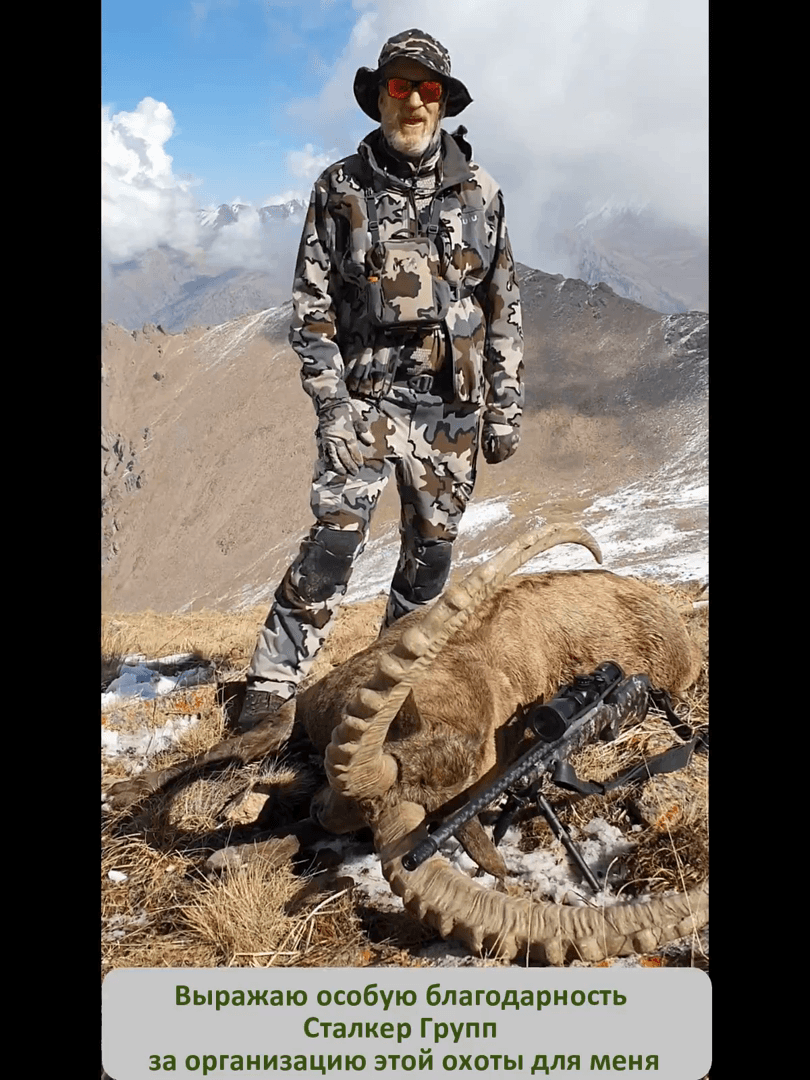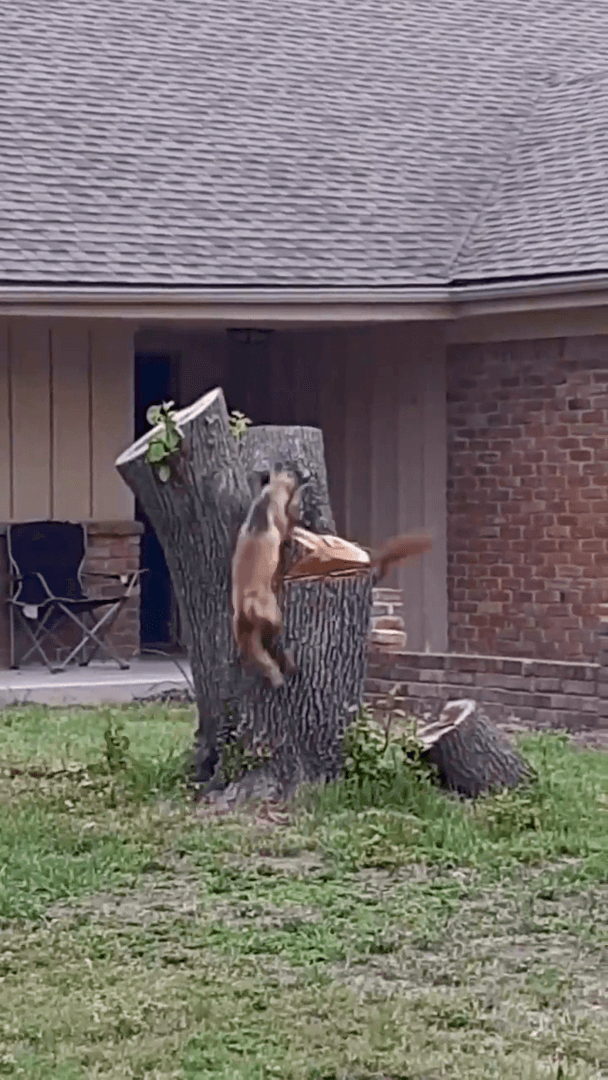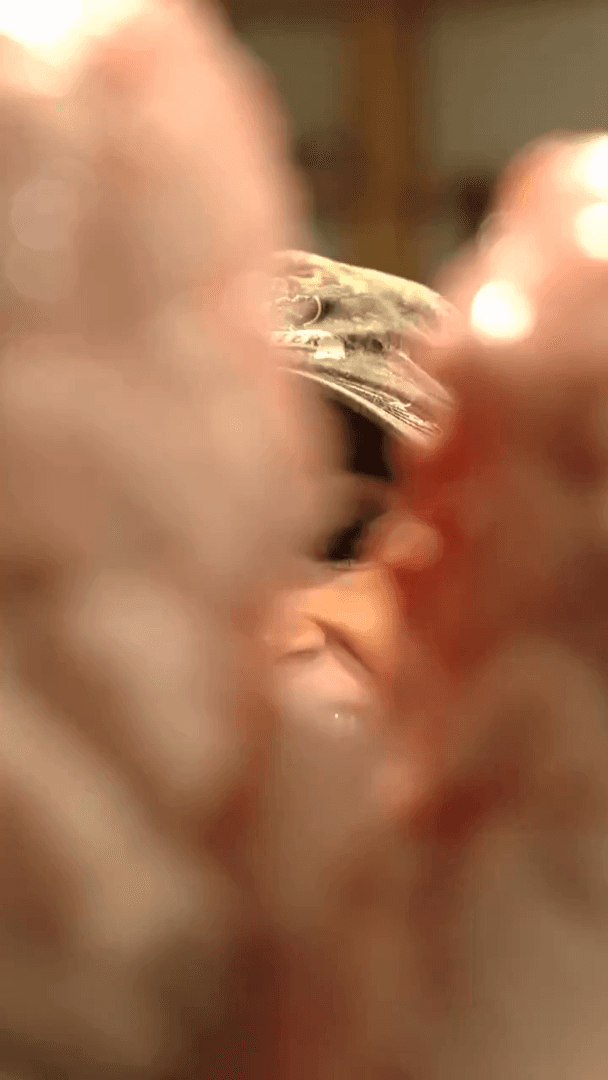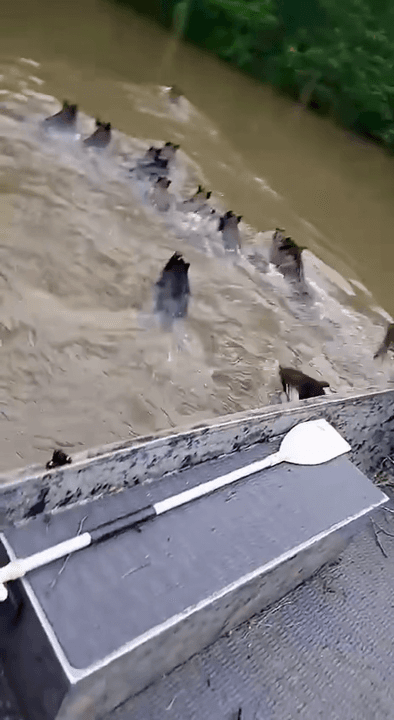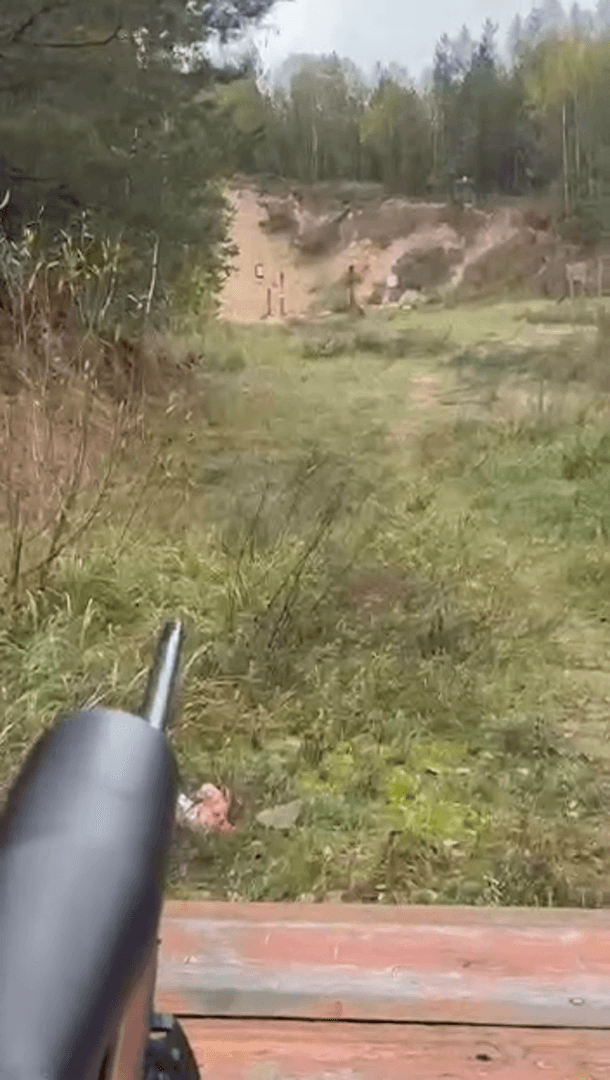
Crocodile Hunts RESERVE YOUR HUNT Africa Hunt Lodge allows the opportunity to hunt and harvest the extremely popular South African Crocodile you'll want to hang on your wall. The Limpopo Province of South Africa is the premier destination in the World to hunt the Crocodile. Year round, we offer hunts for awesome Crocodile. There are no seasonal restrictions on hunting the Crocodile in South Africa, which makes it a suitable trophy year round. Our hunters typically hunt the South African Crocodile in conjunction with a 7-10 day African Safari. One of our Experienced and Licensed Professional Hunters will be your guide during your Crocodile Hunt. We typically hunt Crocodile Safari Style, Spot and Stalk, or by Still Hunting if you are a Bow Hunter. We can accommodate all methods of Hunting for Crocodile including Rifle, Bow, Black Powder, Crossbow or Handgun. We can accommodate hunters of any age and experience level. The Crocodile which we hunt on our South Africa Concession are the biggest in the World. You can expect an average Crocodile of 3.2 meters when hunting with us, with some each year exceeding 4 meters, potential World Record SCI Crocodile Hunts. Crocodile Trophy Fees Trophy Crocodile Trophy Fee ( Average 3.2 meters ): $6,000 Record Class Crocodile Trophy Fee ( Average 4 meters ): $13,900 Trophy Fees are in addition to daily fees which covers All-Inclusive Hunt Package. Daily fees: 1 Hunter/ 1 PH - $345 per hunter per day 2 Hunters/ 1 PH - $295 per hunter per day Bow Hunter/ 1 PH - $345 per hunter per day Observer Fees - $150 per person per day
Post: 8 June 13:18


